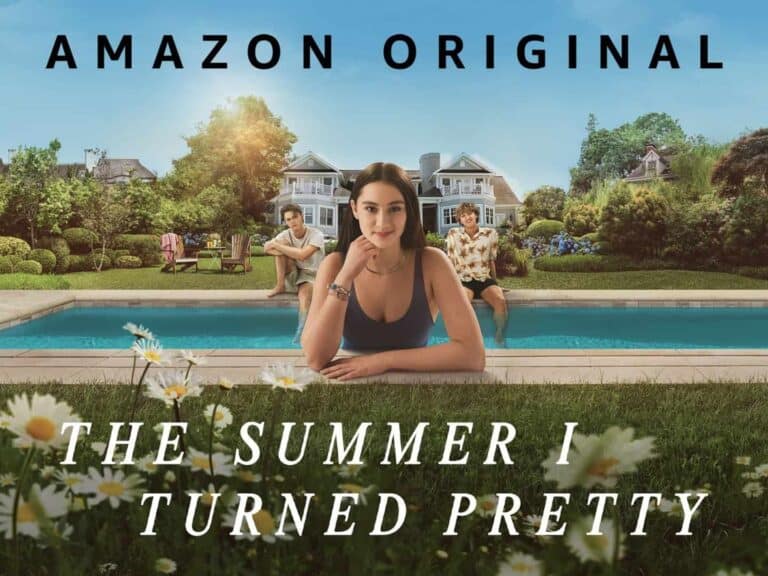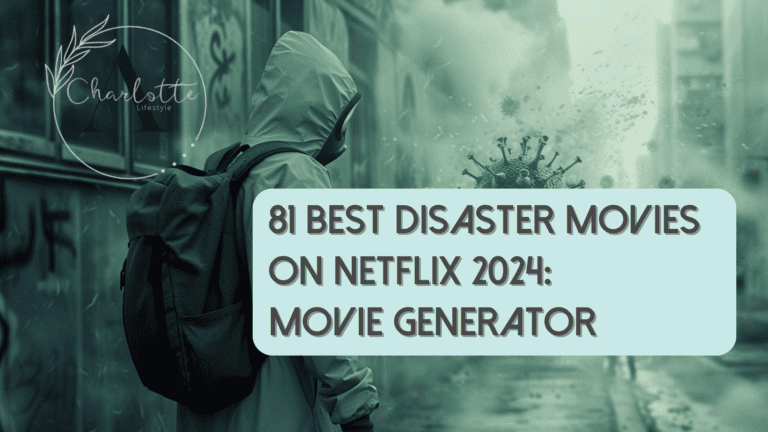How Streaming Services Are Shaping the Future of Movie Releases
You’ve seen the shift, haven’t you? Streaming platforms have revolutionized the traditional movie release model, empowering viewers to access a vast library of content from their living rooms.
As filmmakers adapt to this evolving landscape, they face critical decisions shaping the industry’s future. From prioritizing streaming over theatrical releases to experimenting with hybrid models, the path forward is anything but straightforward. But one thing is sure: how we discover and engage with movies changes irrevocably.
Where will this transformation lead, and how will it impact the art of storytelling itself? Let’s dive in and uncover the answers.

The Rise of Streaming Dominance
Streaming services have fundamentally transformed the movie industry, as you’ve likely noticed their rapid rise over traditional theatrical releases. They’ve disrupted the status quo, allowing viewers to enjoy a vast selection of films from the comfort of their homes. No longer are moviegoers bound by rigid theater schedules or geographic limitations. Instead, they can now indulge in diverse films, from blockbusters to independent gems, with just a click.
Streaming giants like Netflix, Amazon Prime, and Disney+ have invested billions in content creation, acquiring the rights to highly anticipated releases and fueling a wave of original productions. This influx of exclusive content has reshaped the distribution landscape, challenging the traditional theatrical model and pushing filmmakers to rethink their release strategies. As viewers increasingly embrace the convenience and flexibility of streaming, including options like an IPTV subscription, the industry is being forced to adapt, ushering in a new era where the small screen reigns supreme.
Evolving Distribution Models
The industry’s evolving distribution models have compelled filmmakers to rethink their release strategies as they navigate the shifting landscape between traditional theatrical debuts and streaming exclusivity. This shift has disrupted the traditional 90-day theatrical window, requiring a more flexible approach to reaching audiences.
You’ve witnessed how major studios now prioritize streaming platforms, often opting for simultaneous or shortened theatrical runs before moving to digital platforms. Consequently, filmmakers must carefully consider the pros and cons of each distribution model, weighing factors such as audience engagement, revenue potential, and global accessibility.
Some filmmakers have embraced the direct-to-streaming route, recognizing the benefits of immediate worldwide availability and data-driven insights. Others still cherish the theatrical experience, seeking ways to balance the two. Ultimately, the evolving landscape demands agility, experimentation with hybrid models, and continuous re-evaluation of release strategies to ensure success in this dynamic industry.

Audience Preferences and Engagement
As you navigate the evolving distribution landscape, it’s crucial to consider your audience’s preferences and engagement levels, which significantly impact your film’s success. Today’s viewers have a wealth of options at their fingertips, and their attention spans are often shorter than ever before.
To captivate your audience, you need to understand their viewing habits, content preferences, and the platforms they use most. Streaming services provide invaluable data on audience behavior, allowing you to tailor your content and marketing strategies to meet their needs. Paying close attention to metrics such as completion rates, audience demographics, and social media engagement can help create content that resonates with your target market.
Additionally, interactive features like branching narratives and choose-your-own-adventure experiences can boost viewer engagement and foster a deeper connection with your audience.
Challenges for Traditional Theaters
Traditional theaters, once the epicenter of cinematic experiences, now face a myriad of challenges as streaming services continue to reshape the entertainment landscape. You can’t deny the convenience and accessibility of streaming platforms, which have made it easier than ever for audiences to enjoy movies from the comfort of their homes. This shift in viewer preferences has led to declining theater attendance, forcing traditional theaters to adapt or risk becoming obsolete.
Moreover, the rise of day-and-date releases, where movies are made available on streaming platforms simultaneously with their theatrical debuts, has further disrupted the traditional theatrical model. This hasn’t only impacted box office revenues but also strained the relationship between theater owners and movie studios.
To stay relevant, traditional theaters must find innovative ways to enhance the viewing experience, such as offering premium seating, immersive sound systems, and exclusive event screenings. Ultimately, the future of traditional theaters depends on their ability to adapt and provide a unique, compelling experience that streaming services can’t replicate.

Opportunities for Filmmakers
While traditional theaters face challenges, the rise of streaming services has also opened up new opportunities for filmmakers to explore. This shift has empowered independent filmmakers and allowed for more diverse storytelling to flourish.
You can now create and distribute content that may not have found a home on the big screen, reaching wider audiences through various digital platforms. With lower production costs and fewer barriers to entry, you can experiment with unconventional narratives, unique visual styles, and niche genres.
Streaming services often value originality and are willing to take risks on projects that may not have the broad appeal required for theatrical release. This has enabled you to tell stories that resonate with underrepresented communities, pushing the boundaries of mainstream cinema.
Furthermore, the flexibility of streaming platforms allows for shorter release windows, enabling you to respond more quickly to cultural trends and audience preferences. This agility has fostered a more dynamic and adaptive filmmaking ecosystem, where you can adapt and innovate in real-time.
Frequently Asked Questions
How Do Streaming Services Determine Content Acquisition Strategies?
Content acquisition strategies are determined by analyzing viewer data, audience preferences, and industry trends. Streaming platforms strategically acquire rights to content that aligns with their goals and resonates with their targeted user base.
What Impact Do Streaming Services Have on Film Budgets?
The impact on film budgets is significant. Streaming services are willing to invest more in original content, allowing for higher production values and bigger budgets compared to traditional cinema. This reshapes the industry, giving filmmakers greater creative freedom.
How Do Streaming Services Measure the Success of a Film?
The success of a film on streaming platforms is measured by examining metrics like viewer engagement, retention rates, and subscriber growth, rather than just initial viewership. These data points provide insights into a film’s impact and long-term performance.
What Data Do Streaming Services Use to Personalize Recommendations?
Streaming services analyze viewing history, search patterns, and interactions to provide personalized recommendations that cater to individual preferences. This data-driven approach enhances the overall streaming experience.
How Do Streaming Services Ensure Content Diversity and Inclusivity?
Content diversity and inclusivity are ensured by using algorithms that surface underrepresented voices and stories. Streaming services also actively seek out diverse talent and content to include in their offerings, promoting a more inclusive entertainment landscape.

Before You Go
In conclusion, the rise of streaming services has undeniably reshaped the future of movie releases and the broader entertainment industry. As we’ve explored, this shift has not only challenged traditional distribution models but also created new opportunities for filmmakers to reach audiences in innovative ways.
The convenience and accessibility of streaming have redefined how we consume films, pushing the industry to adapt in ways that prioritize flexibility and audience engagement. While traditional theaters face significant challenges, they also have the chance to evolve and offer unique experiences that complement the digital landscape.
As we look ahead, the ongoing evolution of streaming platforms will continue to influence the art of storytelling, distribution strategies, and audience interaction. The future remains uncertain, but one thing is clear: streaming services will play a pivotal role in shaping the cinematic experiences of tomorrow, ensuring that the way we watch and enjoy films will never be the same again.
Fancy a movie night and need inspiration? Why not check out my Random Movie Generator– you won’t be disappointed. Or why not try choosing one of my favourite disaster movies streaming on Netflix?








